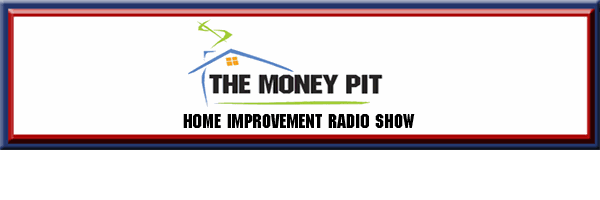SABO SEZ: City to Town – A Perspective on Trump Voters
By Walter Sabo
Consultant, Sabo Media Implementers
A.K.A. Walter Sterling
Radio Host, “Sterling On Sunday”
Talk Media Network
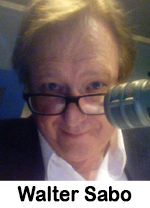 Acknowledging that this publication is fiercely non-partisan and that I – in my role as a broadcaster – am basically the same, I offer the following, not as a political opinion piece, but rather a personal observation based on experience that might shed light on the deeper nature of a large segment of the American population prone to listen to talk radio.
Acknowledging that this publication is fiercely non-partisan and that I – in my role as a broadcaster – am basically the same, I offer the following, not as a political opinion piece, but rather a personal observation based on experience that might shed light on the deeper nature of a large segment of the American population prone to listen to talk radio.
A few years ago, I moved from Manhattan to Shaker Heights, Ohio. Geraldo Rivera made the same journey for the same reason; our wives went to Shaker High. In our brides’ minds, that’s enough reason to return.
During the period of the Donald Trump presidency, a new phenomenon was sweeping the East and West Coasts: People who did not vote for Trump demonized and marginalized those who did. Lifelong friendships were ended by anti-Trump individuals who merely suspected a friend was pro-Trump, often with little evidence. Celebrities threatened to leave the country if Trump became or remained president. They would flee to Canada, without any consideration of whether or not Canadians wanted them!
At first, I would ask anti-Trump people if they had actually voted for Hillary Clinton? That question was inevitably met with an icy glare, but no answer. They hadn’t. Anti-Trumpers were seething, ignited by their guilt that they assumed Clinton would win and therefore making their voting participation unnecessary. What else could explain the fevered emotion against a president – on his FIRST day in office? Trump hadn’t done anything to anger Scarlett Johansson into leading an angry insurrection mob. But she did. Day one.
Living in Ohio, I have spent time with hundreds of Trump voters and learned something valuable. Trump supporters do not match the level of passion in support of the president as those who hate him. Not even close. The disparity is stunning.
No Trump voter has threatened to leave the country if a Democrat wins. No Trump voter has said, “I hate all Biden voters, I wish they would die,” as Howard Stern has said about them. No Trump voter refuses to befriend a Joe Biden voter just because, hey, if we’re friends we are friends.
Yes, Trump voters go to the polls for him because of – his policies. And what are those? The Ohio parents and workers I know matter-of-factly want Trump first and foremost so they can afford gasoline and heating oil. When the price of gas went up, parents had to cut down on after school activities, school competitions and distant playdates, they just couldn’t afford the trip. They can’t hop on the bus to Chelsea Piers. They don’t care if it’s Trump specifically, they just want cheaper gas – sir can you do that?
Next, they vote for the candidate who will support safe neighborhoods, cheaper meat, cheaper milk, their kid in the Marines home for the holidays, Israel, better schools.
I learned this from parents waiting for dance class and band practice to end. Patient parents proud of their kids. They weren’t chanting for Trump or bashing Biden. They just want enough gas to get home.
I’ve learned that many people who hate Trump voters do so while getting into an Uber, a taxi, bus, or subway. They don’t own a car. They buy food for one, not for five times seven days a week. They don’t have to go to three different food stores to get the cheapest items… they just hit Food Emporium ($6.98 a gallon of milk). In Ohio, $2.29 a gallon, Walmart.
Of course, there are other issues swirling around Trump and Biden – but right now most deplorable Ohioans have to pick up the kid at school on time, let their child buy one toy at Dollar Tree, I said one, and hope there is enough spaghetti for dinner.
Walter Sabo was a founding architect of SiriusXM and began the recruitment of Howard Stern. He has consulted RKO General, PARADE magazine, Hearst Broadcasting, Press Broadcasting, and other premium brands. He launched the first company to engage online video influencers, Hitviews. As an executive, he was EVP of NBC FM RADIO giving Dr. Ruth Westheimer her first media job and fostering the creation of adult contemporary. As VP ABC Radio Networks, Sabo hired Ringo Starr to be a DJ for a 24-hour special.



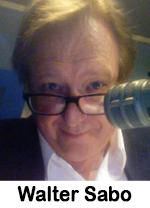 Sears used to sell everything. Tractors, tires, insurance, investments, chickens. In 2004, Sears was the dominant retailer in America. By the end of the decade, it was feverishly closing stores and dying.
Sears used to sell everything. Tractors, tires, insurance, investments, chickens. In 2004, Sears was the dominant retailer in America. By the end of the decade, it was feverishly closing stores and dying.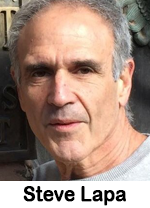 Let’s take a minute to welcome back an old reliable that has been part of our sales and marketing world since Adam pitched Eve and got the first “yes” on the original cold call. No telling how cold that call really was.
Let’s take a minute to welcome back an old reliable that has been part of our sales and marketing world since Adam pitched Eve and got the first “yes” on the original cold call. No telling how cold that call really was.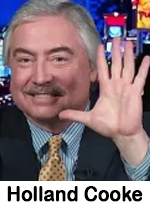 Take a day off. You get one free this year.
Take a day off. You get one free this year.
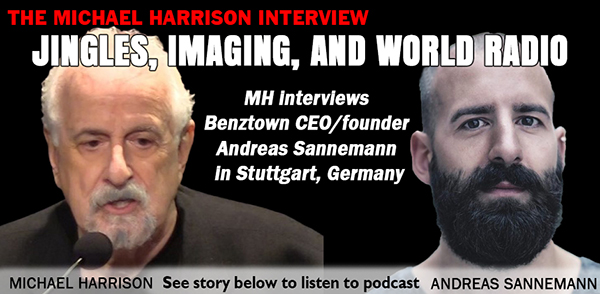
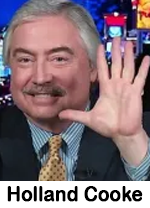 After 4G enabled Uber and other apps now-common, inventors are flexing 5G. And grab-the-armrest for what 6G and 7G will bring. Just when we’re blasé about Wi-Fi, we are told that Li-Fi will use light to transmit data.
After 4G enabled Uber and other apps now-common, inventors are flexing 5G. And grab-the-armrest for what 6G and 7G will bring. Just when we’re blasé about Wi-Fi, we are told that Li-Fi will use light to transmit data.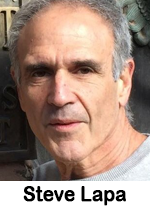 This column should really be called, “How I got transferred from Buffalo to Tampa.” The storyline will help explain the title and offer you a proven technique that should help you sell and earn more.
This column should really be called, “How I got transferred from Buffalo to Tampa.” The storyline will help explain the title and offer you a proven technique that should help you sell and earn more.
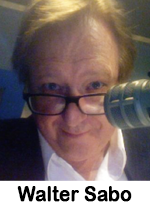 Research shows that readers to trade publications like articles with five bullet points. Here are my five bullet points for 2024. If these were to be deployed, you could be thriving by the end of the year. These actions would increase sales and audience share.
Research shows that readers to trade publications like articles with five bullet points. Here are my five bullet points for 2024. If these were to be deployed, you could be thriving by the end of the year. These actions would increase sales and audience share.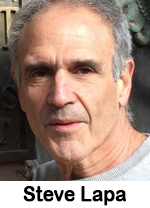 What do your New Year’s resolutions look like?
What do your New Year’s resolutions look like?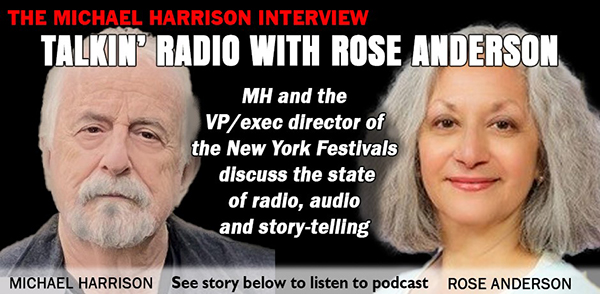
 How many times will we research the same subject and come to the same conclusion?
How many times will we research the same subject and come to the same conclusion? It’s massive, it’s mind-boggling, and we-the-workin’-press are under strict instructions NOT to call it “The Consumer Electronics Show.” Lotsa luck. 100 thousand+ of us from 150+ countries will descend upon the sprawling Las Vegas Convention Center and other venues up-and-down The Strip.
It’s massive, it’s mind-boggling, and we-the-workin’-press are under strict instructions NOT to call it “The Consumer Electronics Show.” Lotsa luck. 100 thousand+ of us from 150+ countries will descend upon the sprawling Las Vegas Convention Center and other venues up-and-down The Strip.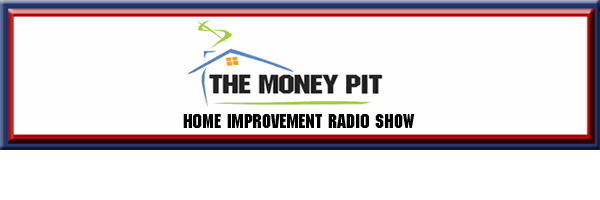
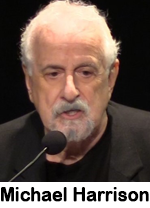 We live in an increasingly noisy world. The accelerating advancement of media technology, with its accompanying “everybody is a star” syndrome, combine to make it increasingly difficult to get attention. By that, I mean real attention – the kind of attention that those in the professional media (and related) industries describe as “traction.”
We live in an increasingly noisy world. The accelerating advancement of media technology, with its accompanying “everybody is a star” syndrome, combine to make it increasingly difficult to get attention. By that, I mean real attention – the kind of attention that those in the professional media (and related) industries describe as “traction.”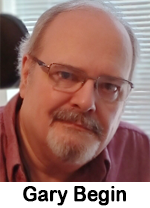 Consultant Gary Begin of Sound Advantage writes in a piece for TALKERS today about why some morning radio shows fail to launch. He offers six reasons for this that can be avoided if management really wants to create a successful program. Reason number one? Because the hosts are just not that good.
Consultant Gary Begin of Sound Advantage writes in a piece for TALKERS today about why some morning radio shows fail to launch. He offers six reasons for this that can be avoided if management really wants to create a successful program. Reason number one? Because the hosts are just not that good.  “Most registered voters avoid the news at least some of the time. Of those who disengage, over half avoid national politics coverage,” according to the “
“Most registered voters avoid the news at least some of the time. Of those who disengage, over half avoid national politics coverage,” according to the “